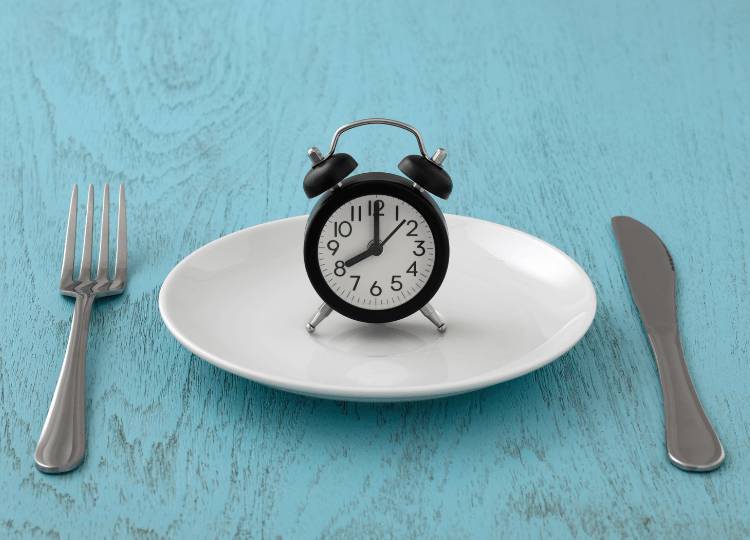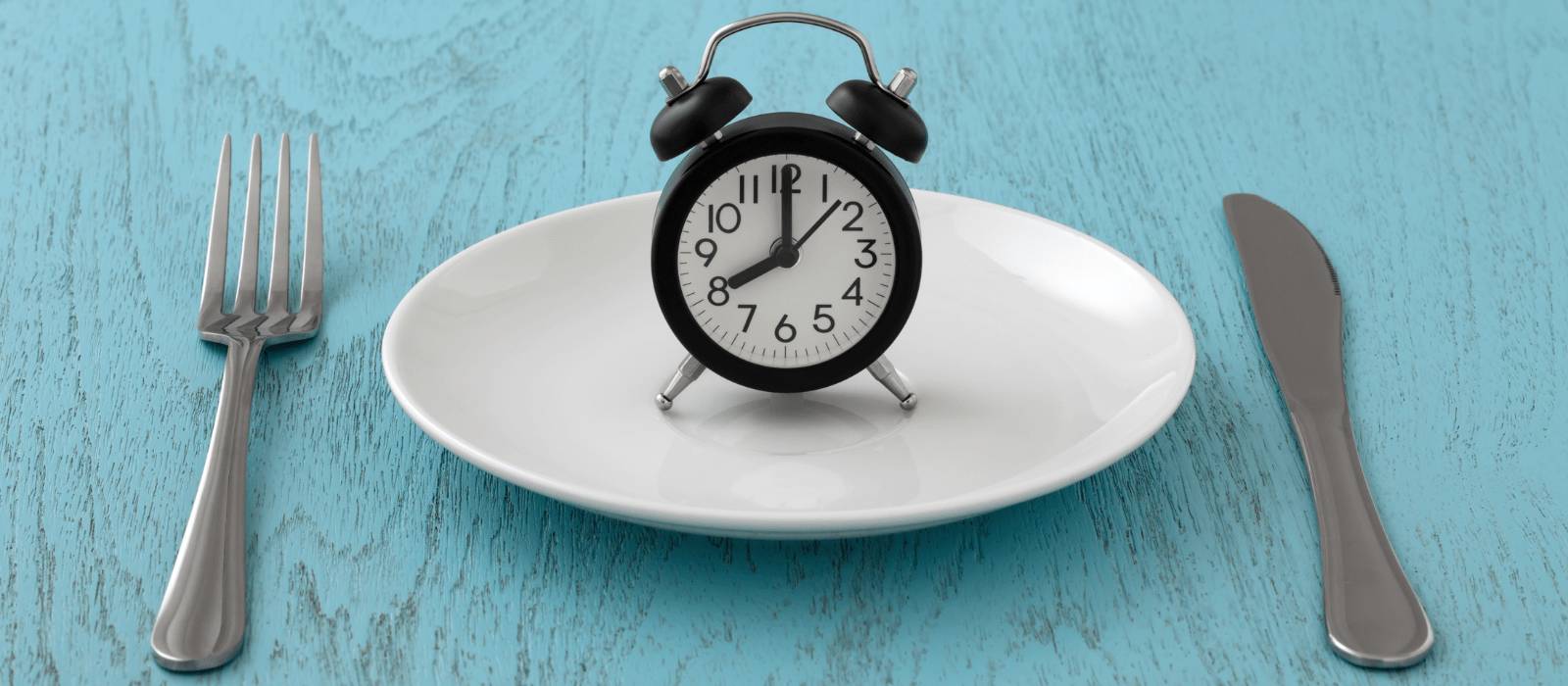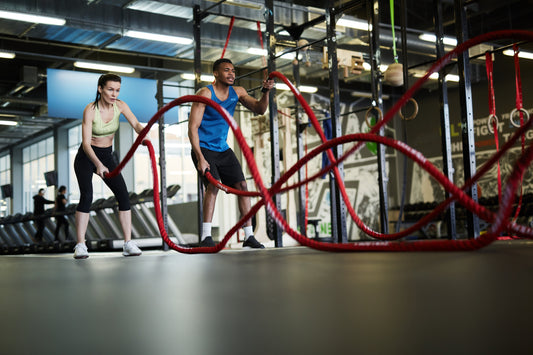The Metabolic Transition
When the body ceases to receive external energy sources (food), a metabolic shift occurs. Initially, glycogen reserves are depleted; thereafter, the body taps into stored fat as its primary energy source. This transition results in the production of ketones, which can serve as an alternative energy source for the brain [2].
Ketones, particularly beta-hydroxybutyrate (BHB), acetoacetate (AcAc), and acetone, are recognised for their ability to fuel the brain efficiently, especially when glucose availability is limited. The brain, despite being energy-intensive, can adapt to utilising ketones, which are derived from fatty acid breakdown in the liver when carbohydrate intake is low.
This alternative fuel is not only crucial for maintaining brain function during periods of fasting or low carbohydrate intake but also holds therapeutic potential. Studies have suggested that ketones may possess neuroprotective properties, potentially mitigating the risk of neurodegenerative diseases like Alzheimer’s and Parkinson’s.
In the realm of athletic performance, ketones have been explored for their role in enhancing endurance and recovery. The ability of ketones to efficiently fuel the brain and muscles may help in sustaining energy levels and focus during prolonged physical exertion, making them an area of interest for athletes and researchers alike.
Hormonal Adaptations
Fasting instigates a cascade of hormonal changes. A significant spike in human growth hormone (HGH) production occurs, which is instrumental in muscle growth and metabolism [3]. Additionally, fasting can elevate norepinephrine (noradrenaline) levels, further facilitating fat breakdown [4].
Besides the increase in HGH and norepinephrine, there is a notable modification in insulin sensitivity. During fasting, insulin levels drop significantly, which enhances the body’s ability to utilise stored fat for energy, contributing to weight loss and metabolic efficiency.
Moreover, alterations in leptin and ghrelin, hormones associated with hunger and satiety, are observed. These changes help in regulating appetite and can contribute to the recalibration of hunger cues and eating patterns over time.
The Role of HGH
As previously mentioned, fasting induces an increase in HGH levels. This hormone not only fosters fat metabolism but also possesses anabolic properties, potentially mitigating muscle protein breakdown and aiding in muscle hypertrophy [3].
When discussing the role of HGH, it would be remiss of us to neglect sleep as an essential part of this equation. It is during this restorative period that HGH secretion peaks. The majority of HGH is released in pulsatile fashion during deep, slow-wave sleep, correlating with the body's natural circadian rhythm. This surge in HGH during sleep underscores the importance of adequate and quality sleep for athletes.
It is within this timeframe that the body focuses on repair and recovery, utilizing HGH to rebuild damaged muscle fibers, enhance bone density, and restore energy reserves. Without realising it, many of us sleep in a fasted state already, so when looking at accessible ways to integrate intermittent fasting into your lifestyle, you can start first by planning eating windows to bookend your usual sleeping window.
Protein Conservation
Contrary to popular belief, short-term fasting may not lead to significant muscle breakdown. The body prioritises fat stores for energy during a fast, especially with the hormonal changes promoting fat metabolism [4].
During initial stages of fasting, the body undergoes a metabolic shift, focusing on utilising glycogen reserves and tapping into stored fat before resorting to muscle protein as an energy source. This adaptation is a survival mechanism, ensuring that lean muscle mass is preserved as long as possible while energy is derived from alternate sources.
Autophagy: The Cellular Cleanup
Intermittent fasting can also induce a mild but beneficial stress response at a cellular level, which stimulates autophagy, a process where cells "clean up" and remove damaged cellular components. This process is crucial for maintaining cellular health and is an example of hormesis (so called ‘healthy’ stress) and may potentially aid muscle function and longevity [5].
Merging Fasting with Resistance Training
A significant concern surrounding intermittent fasting is the potential loss of hard-earned muscle mass. Fortunately, resistance training acts as a buffer against this potential pitfall. Engaging in strength-building exercises sends a potent signal to the body about the importance of muscle preservation. Even though the body is in an energy-conserving mode due to fasting, it becomes more inclined to use stored fat for energy rather than breaking down muscle tissue.
Studies have underscored that resistance training during intermittent fasting can not only maintain muscle mass but can even enhance muscle strength and promote growth [6].
Nutritional Strategy During Eating Windows
The essence of intermittent fasting lies in the periods you're not eating, but this doesn't downplay the significance of your eating windows. Proper nutrition during these times is pivotal for muscle preservation. Protein intake is at the forefront, providing the necessary amino acids for muscle repair and growth.
Especially during intermittent fasting, ensuring adequate protein consumption is vital for recovery and muscle maintenance. Sources can include lean meats, fish, eggs, dairy, legumes, or plant-based alternatives.
Moreover, a balanced intake of sufficient calories, healthy fats, and complex carbohydrates is crucial. Even if the goal is weight loss, a moderate calorie deficit is advisable to prevent muscle catabolism.
Lastly, micronutrients play a pivotal role. Incorporating a diverse range of fruits, vegetables, whole grains, and lean proteins can ensure you're not missing out on these critical components.
Striking the Balance
Intermittent fasting offers a plethora of health benefits, but muscle preservation remains a top concern for many athletes and fitness enthusiasts. With the metabolic and hormonal shifts promoting fat metabolism and anabolic processes, combined with resistance training and proper nutrition, muscle maintenance is not only possible but also likely.
As always, it's vital to listen to your body and consult with trusted health professionals when adopting new dietary and lifestyle strategies.
At U Perform, we are dedicated to supporting athletes and fitness enthusiasts in their pursuit of optimal performance and recovery. Our range of scientifically formulated supplements can complement your dietary and training regimen, ensuring you are well-equipped to meet and surpass your fitness & health goals.
Explore our collection and discover how U Perform can be a part of your athletic journey.
References:
[1] Mattson, M. P., Longo, V. D., & Harvie, M. (2017). Impact of intermittent fasting on health and disease processes. Ageing Research Reviews, 39, 46-58.
[2] Cahill Jr, G. F. (2006). Fuel metabolism in starvation. Annual Review of Nutrition, 26, 1-22.
[3] Hartman, M. L., Veldhuis, J. D., Johnson, M. L., Lee, M. M., Alberti, K. G., Samojlik, E., & Thorner, M. O. (1992). Augmented growth hormone (GH) secretory burst frequency and amplitude mediate enhanced GH secretion during a two-day fast in normal men. The Journal of Clinical Endocrinology & Metabolism, 74(4), 757-765.
[4] Zauner, C., Schneeweiss, B., Kranz, A., Madl, C., Ratheiser, K., Kramer, L., ... & Lenz, K. (2000). Resting energy expenditure in short-term starvation is increased as a result of an increase in serum norepinephrine. The American Journal of Clinical Nutrition, 71(6), 1511-1515.
[5] Alirezaei, M., Kemball, C. C., Flynn, C. T., Wood, M. R., Whitton, J. L., & Kiosses, W. B. (2010). Short-term fasting induces profound neuronal autophagy. Autophagy, 6(6), 702-710.
[6] Tinsley, G. M., & La Bounty, P. M. (2015). Effects of intermittent fasting on body composition and clinical health markers in humans. Nutrition Reviews, 73(10), 661-674.
[7] Mero, A. (1999). Leucine supplementation and intensive training. Sports Medicine, 27(6), 347-358.





